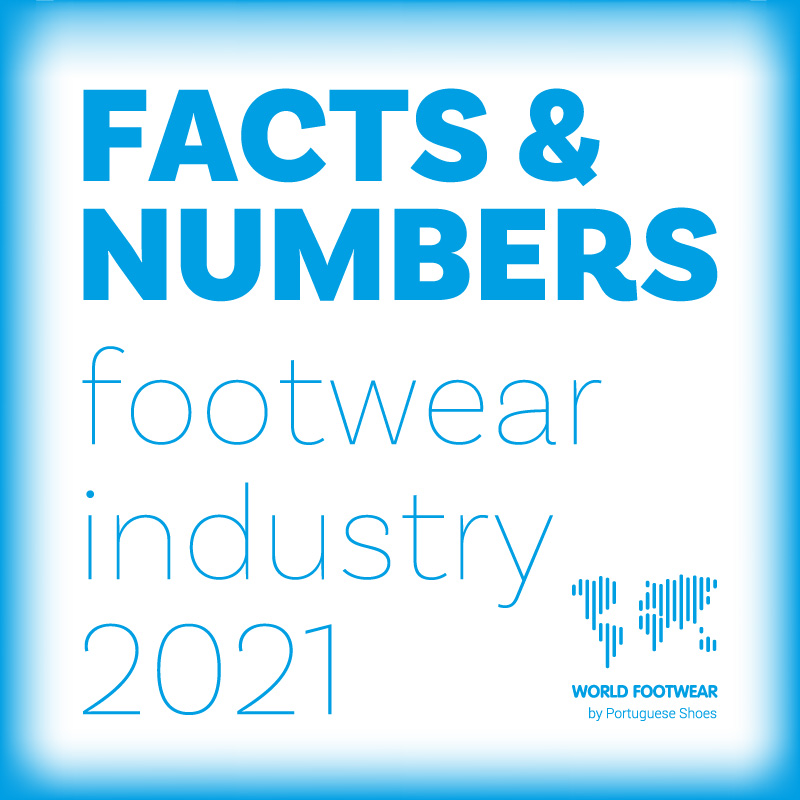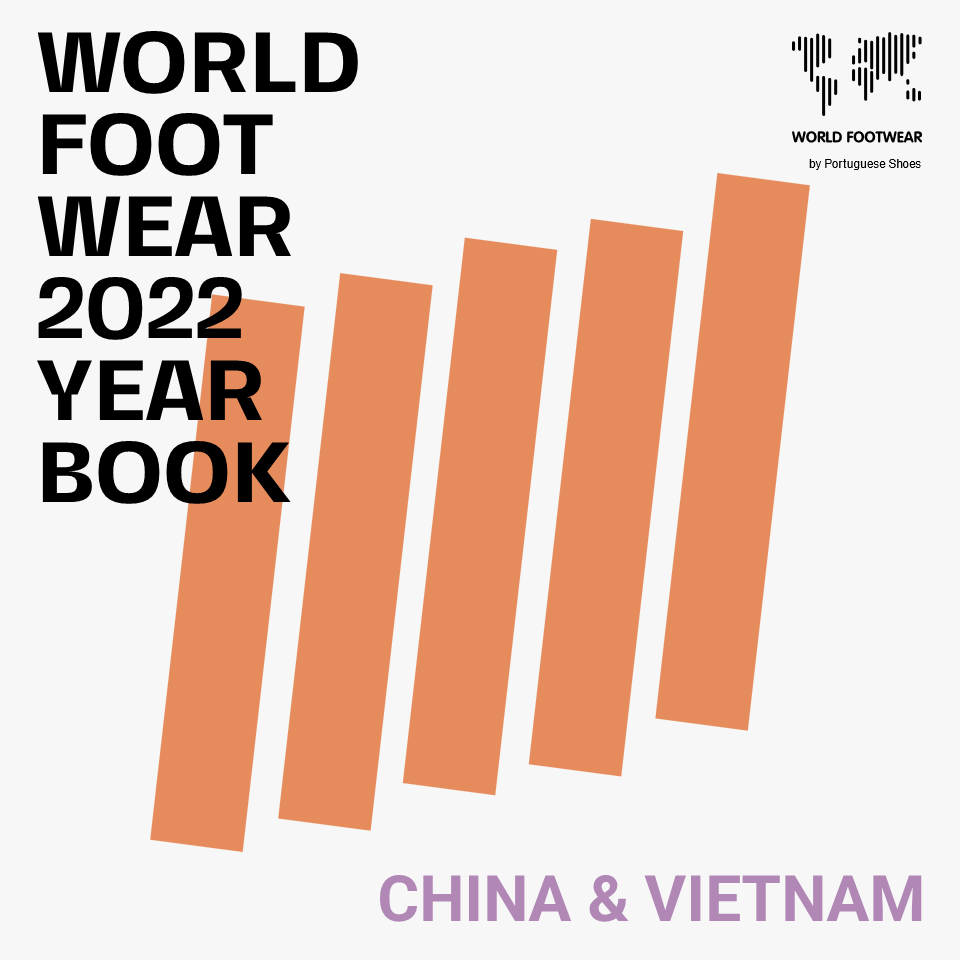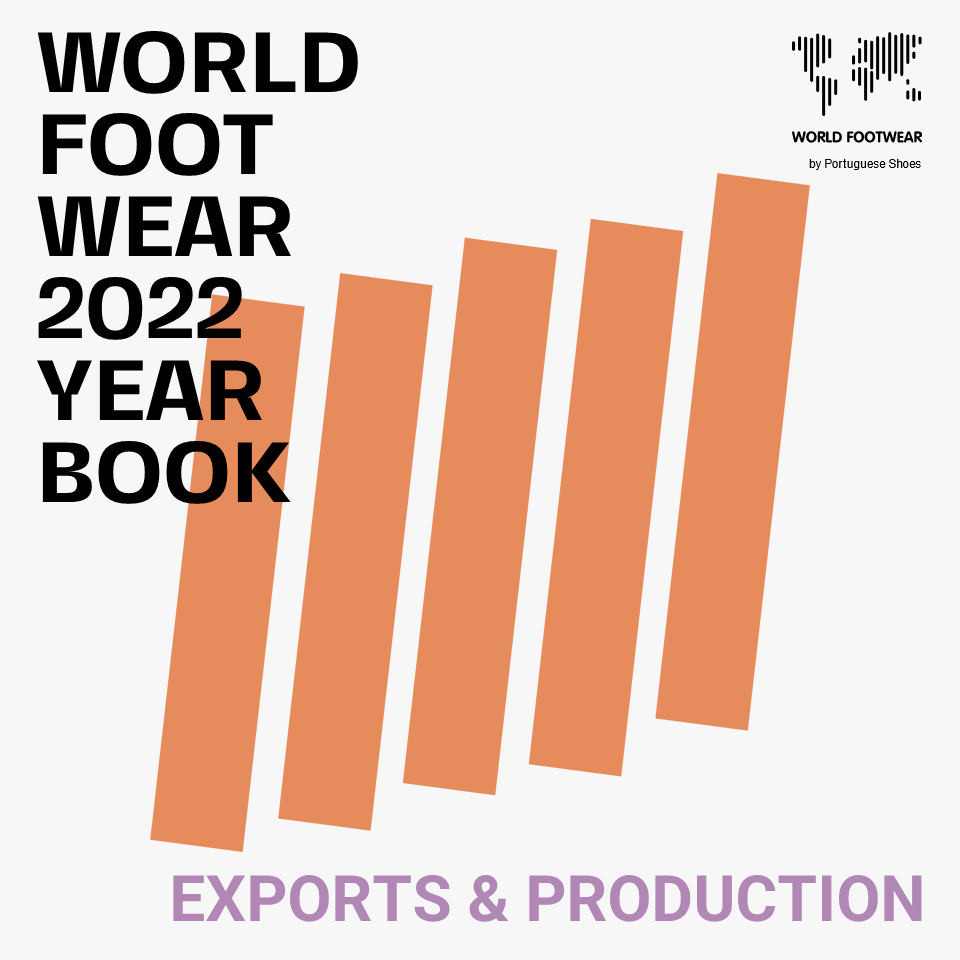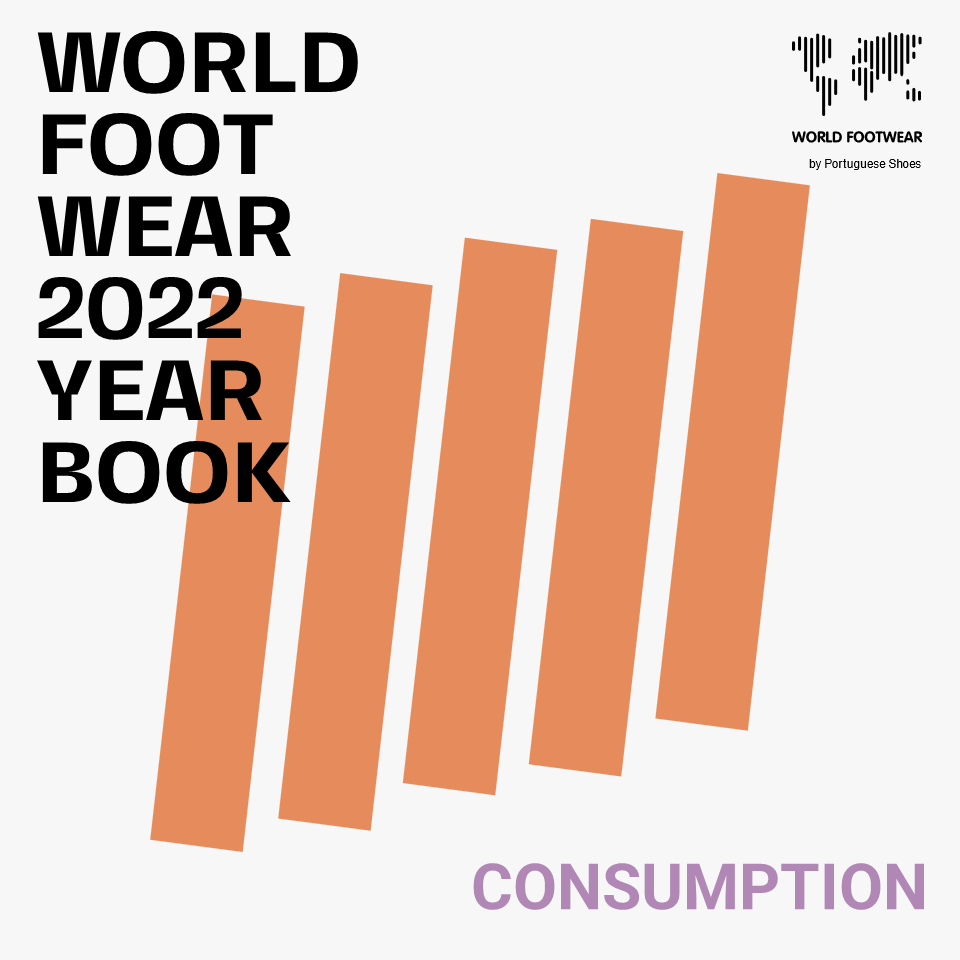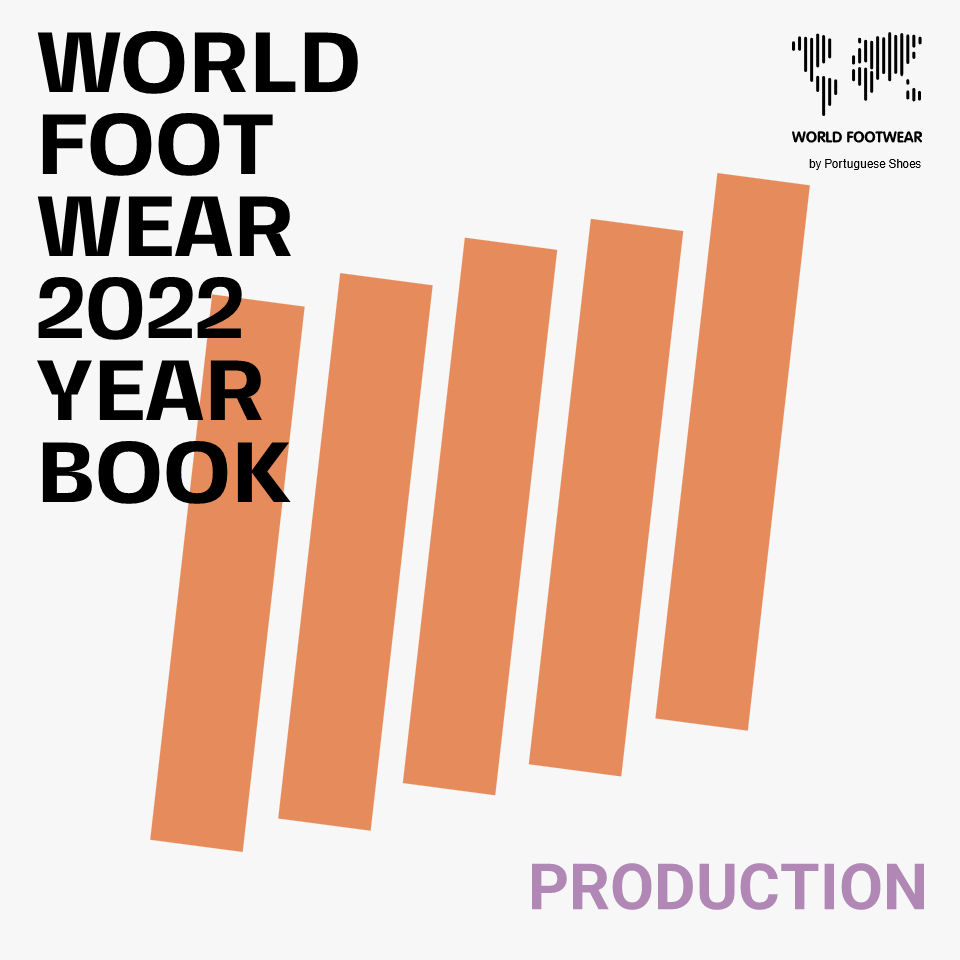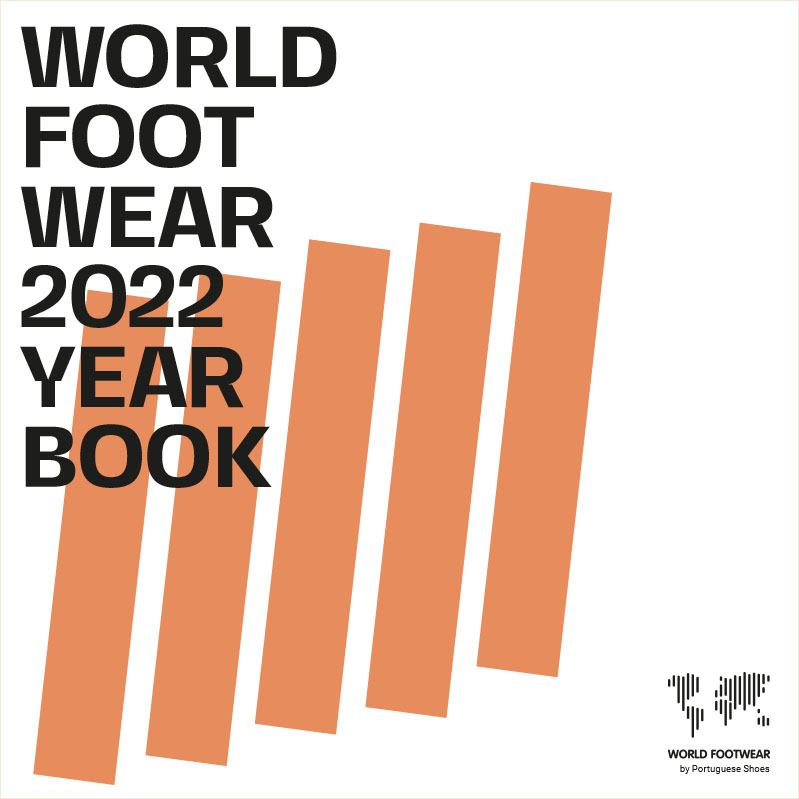Footwear industry: very positive first semester now threatened by clouds of uncertainty
Watch out an interview with our Editor, Joana Vaz Teixeira, and get the latest updates on the footwear industry, with a focus on the main insights from the performance in 2021, going to the current scenario and the future perspectives
What are the main insights from the World Footwear 2022 Yearbook?
I would say the first main conclusion of the World Footwear Yearbook is that we have witnessed a recovery of the footwear market in 2021. Is still a partial recovery and the industry is still far from its high, but is a recovery.
Production and exports have increase by 8.6% and 7.4%, respectively, and in 2021 the global footwear industry has had a production of 22 billion pairs. At continental level the trends are still the ones initiated some years ago. Asia dominates the business: it is in the Asian continent that 9 out every 10 pairs of shoes are manufactured, which results in a share of 88% in global production. China, is by far the leader of this industry but it has been loosing some share in the last few years and the countries winning that share are Asian countries. They dominate the production of the industry.
In terms of consumption, Asia is already playing an important role in the industry. It already accounts for more than half of the world consumption and is strengthening its position.
In terms of exports, I would that the trends initiated in the past have continued. China is the leader, obviously, but it has been losing some share as well. And, I would probably point out Vietnam as it has been increasing its share in exports and now it is around 10% of the global exports. Saying this, I would probably also refer that Europe is still an important player in this business and when we look into the footwear exports in terms of value, 9 out of the 15 main footwear export players are European countries. So, this is revealing of the position of Europe in this industry.
Just a final note regarding price: the average export price has increased again. This is a trend initiated in the past few years and the average export price is now over 11 US dollars.
The World Footwear Yearbook is an yearly publication issued by APICCAPS, the Portuguese Footwear, Components and Leather Goods Manufacturers' Association. The report analyses the most important trends within the worldwide footwear industry. The latest edition, issued in 2022, includes data for 2021, both in quantity and value, is available, making it possible to position the main players with regards to production, consumption, exports and imports.
The publication is divided in two parts. A first chapter with a deep analysis of the World Footwear industry in 2021, with special focus on the sector's leading global players, and a second part with a detailed analysis of 83 different markets.
The publication is divided in two parts. A first chapter with a deep analysis of the World Footwear industry in 2021, with special focus on the sector's leading global players, and a second part with a detailed analysis of 83 different markets.
Do you see any reshoring movements in the footwear industry?
To be quite honest with you I don’t really know if that is the case became since I joined this industry a few years ago we’ve been hearing about these reshoring and nearshoring movements and when we look at the numbers, we don’t really see that. And although China has been losing some market share, what we see is that some Asian countries are increasing, such as Vietnam, Cambodia, Philippines and so on. So, we don’t really see the production moving in great volumes to Europe or the US or near the consumption markets. We hear that. I think brands like to have that statement, but we really don’t see that in the numbers when we analyse the figures.
What are the main highlights of the industry in the current scenario?
When we analyse the numbers for the first semester (of 2022) the picture is very positive. When we look into the main importers of the footwear, most of them are growing by double digit rates, which is very impressive. The United States are already growing by showing like 40%. And the same thing is happening with the exports, obviously, and the main exporters are growing. Even China with its zero-Covid policy, which is impressive as well. So, the first semester has been very positive, and I think the industry is optimistic about the numbers. What is probably a concern is when we look into the economy and the signs coming from there. So, for example, if you look into the United States and to the GDP growth rates, they are already in negative ground, which means the US are already in recession. And when we look at the numbers what we see as well, is that Europe is not there yet, but it seems to be following the trends that the US already had. And another reason for concern is inflation. In the last few months, prices have been increasing; energy prices, transport prices, raw materials, and those increases have been accommodated be the brands and when we look for the retail prices for footwear, we don’t see a big increase in Europe yet. However, brands will probably have to reflect that on the prices. So, the expectation is that prices in Europe might increase soon. That already happened in the US, and if you remember that I was saying that the US is probably ahead of us (Europe) in terms of their economic cycle, the expectation is that could happen in Europe as well, and that raises concerns about the future and about consumption (of footwear).
What can we expect for the near future?
The first semester was really positive for the main players of the footwear industry and optimism was common amongst brands, amongst companies. Now companies and brands are concerned about the future and because we have this combination of almost contradictory elements, because we had a very good first semester but at the same time we have inflation, we have the prices increase, interest rates are increasing, we have the fear of recession and there is a lot of uncertainty on how all of these elements are going to work together and so, we don’t really know what is going to be impact in terms of consumption. One thing seems to be certain: the prices in retail will (likely) increase to reflect all these increases in the raw materials and the transports and in the cost of energy. So, although the industry had this very positive first semester there are some clouds of uncertainty there and is very difficult to determine what is going to be the extent of the impact.


